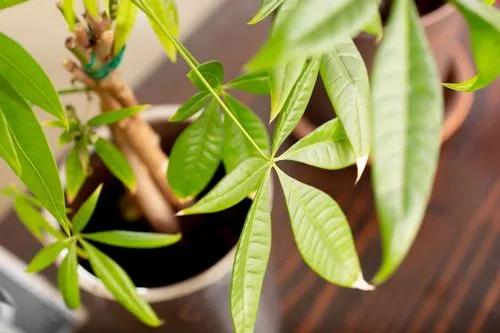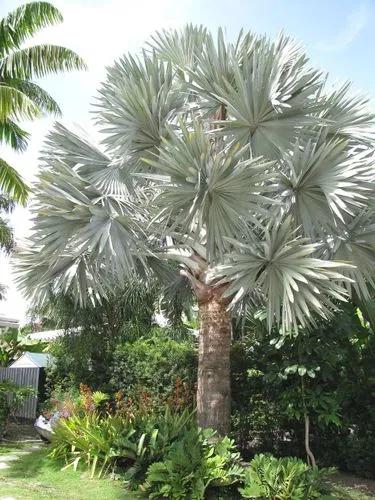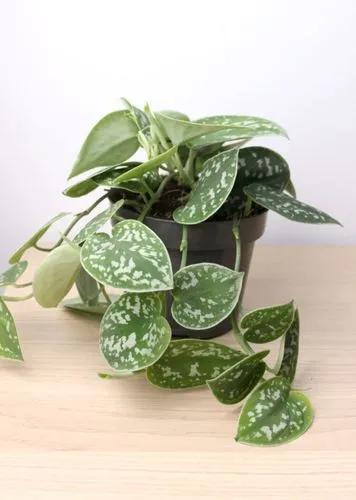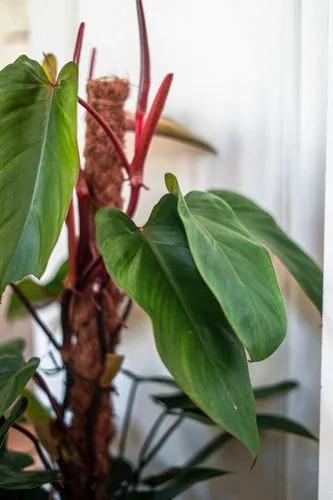A common houseplant, this versatile species is also known for its ability to grow with little to no assistance. Hedera helix is commonly found in empty spaces and is considered invasive in many countries, including England, Australia, New Zealand, and the United States.
English Ivy Care
Hedera helix
Other names: Common Ivy, European Ivy, Ivy



English Ivy, also known as common ivy, European Ivy, or ivy, is an evergreen vine native to Europe and Western Asia. Common ivy is frequently considered a weed and is regarded as a noxious weed in Australia and parts of the United States.
European ivy is considered poisonous if eaten, and gloves are recommended when handling it. Given a suitable surface to climb, Hedera can reach impressive heights of 66ft-98ft (20m-30m) and will grow as ground cover if there are no cliffs, walls, or trees available to climb.
To identify this ivy, look for its small berries ranging in color from yellow and orange to deep purple and its greenish-yellow flowers.
How to Care for the Plant

Water

The plant usually needs weekly watering, but make sure the soil is slightly dry before watering, if not, wait a little longer.

Pruning

Prune as needed to keep at the desired length. Also cut off leaves that show signs of disease or that are wilting and turning yellow.

Fertilizer

Fertilize monthly with a water-soluble nitrogen-based fertilizer.

Sunlight

Ivy thrives in bright indirect sunlight and partial shade.

Soil

A well-draining soil with gritty sand and a healthy amount of clay is recommended for proper drainage. A good choice is a store-bought potting mix for foliage and ornamental plants.

Propagation

To propagate English ivy, take a small cutting and root in moist soil or water. The plant itself is quite invasive, so propagation should be an easy process.

Temperature

Ivy thrives in temperatures between 50℉-75℉(10℃-24℃). If it gets hotter in your environment, the leaves of the plant will need regular misting.

Container

A small cutting or seed in a container measuring around 4” (10cm) is sufficient. When growing outdoors, this vine will climb on nearly any suitable surface and grow as ground cover if there is nothing to climb.

Fun fact

Ivy can become so heavy when growing on the tops of small trees that it actually can cause the tree to fall over.

Popularity

89,935 people already have this plant 10,599 people have added this plant to their wishlists
Discover more plants with the list below
Related articles






